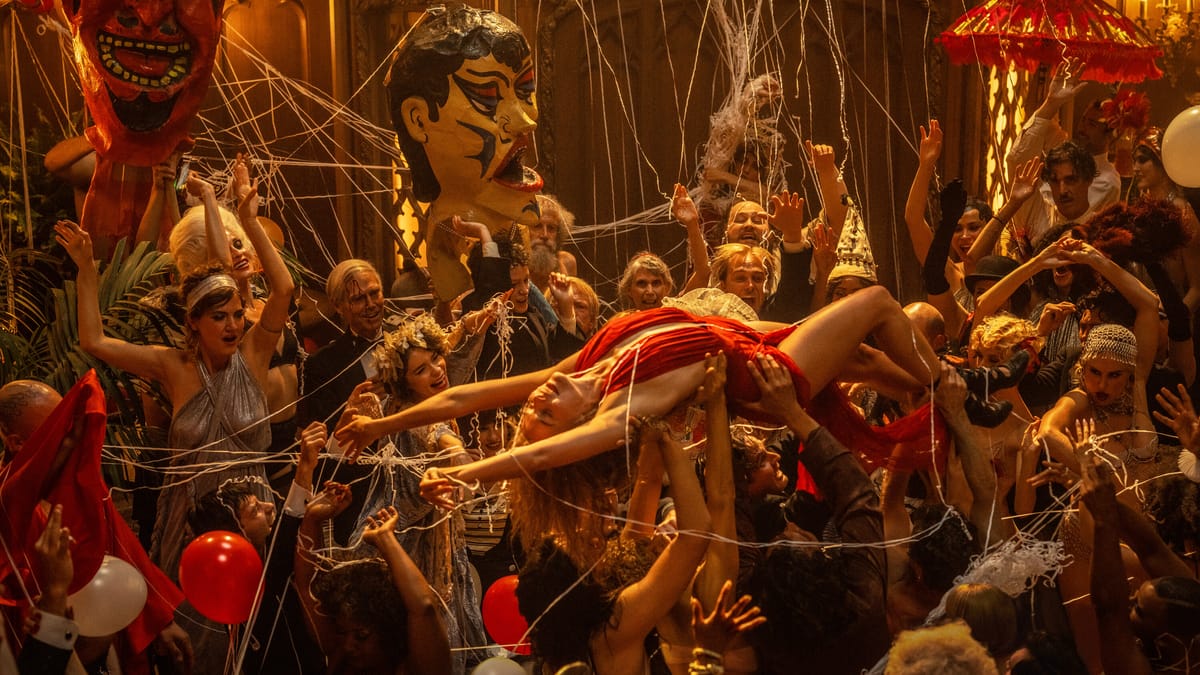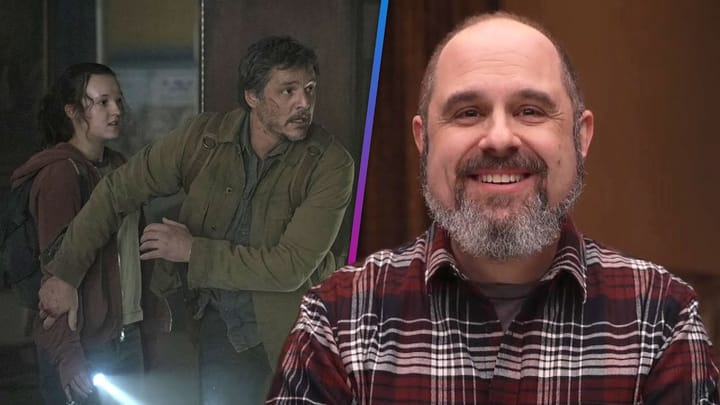The Limits of Excess
When there is too much of everything, there is no room for anything. While this film has value, it shows why more constraint is not only good practice, but an essential need.

Babylon and the Case for Creative Constraint
I recently finished Damien Chazelle’s Babylon, his 2022 film industry epic tracing the heyday of the silence-film era as it transitions into the new age of talkie pictures. It’s another love letter to the cinema, particularly the process and players involved in breathing life into this idea of moving pictures during the nascent period as a narrative platform.
I love an ode to Hollywood and feel a connection to Chazelle’s passion for films and cinema. La La Land is a beautiful realization of this love for movies and is nearly pitch perfect. And in every way that La La Land nails the delicate dance of showing passion while not preaching, Babylon misses the mark.
The basic problem with the film is it’s too much of everything. Too many storylines, too many themes, too many protagonists, too long sequences. It wears on the audience’s patience. What is more disappointing though is that you can see its intention and message, but it’s muffled by a lack of space for its disparate parts to breathe and connect, ultimately suffering a lack of connection with the audience.
Despite these flaws, there is value in this film— several of the disparate parts are pretty spectacular— and it deserves to exist. But it shows why more constraint is not only a good practice for creative endeavors, but an essential need.
This film seems pretty clear that it suffers from a long leash. Chazelle has had continual, rising success with each iterative film, hitting a high note with La La Land. With that film’s success (and Whiplash before it), the scale and scope of his films have grown.
With a talent like Chazelle, it's not surprising this is the type of film with good bones to it, but layered with too much detail, ornamentation, grandiose that it lost its efficacy. If it had been toned down and restricted itself a bit more, giving the narratives room to breathe, it would have been more potent.
Babylon uses 3.5 protagonists with interweaving stories to capture a moment of the film industry as it transitions from silent pictures to talkies. Each one of these stories on their own are interesting and heartfelt, showing the struggles and growth and inevitable decline in the face of a dramatically shifting business.
This is a story ripe with relevant correlations to our present era of upheaval, not only in the entertainment business, but in society at large with the advent of artificial intelligence and shifting dynamics of how audiences interact with content and information. It may not be a one-to-one, but there is something to be said about change and growth, but I’m not sure that this film found its voice.
The film jumps right into a decadent bash in an isolated location of Los Angeles to set the tone of debauchery and hedonism that was known to be rampant at the time. The sequence is energetic, chaotic, and wild. It is also extraneously long, muddled character introductions, and unbalanced in establishing the stakes.
There is a scene in this opening sequence where an elephant defecates on a handler that adds completely zero to the story at any level that was extremely frustrating. And there were other instances of this type of gratuitous exposition— the Margot Robbie dinner party puking scenes that come to mind— that go so over the top for so little payoff.
These are several scenes that could have trimmed from five to ten minutes of screen time each while still conveying their intention, shortening the film runtime, and tightening up pacing (though the pacing of several individual sequences are top-notch).
Added up, this leaves me with a feeling of a lack of constraint, which is an enormous challenge to overcome as a creative artist. On the face of it, it’s understandable, as no one likes being constrained. We feel stifled, hampered, put in a box. It feels like our vision can’t be fully realized and understood.
But the truth is— and not a radical idea— constraint acts an editorial that forces one to think differently and innovate. Guardrails push one to find new, interesting ways to convey an idea that grabs people’s attention, ultimately bringing the best out of us and our work.
In most instances, when we judge shows and films, or any anything in the public space really, we typically look at it in a vacuum. That it is an object in an of itself that would be the same regardless of the circumstances that impact its very being in the world.
I look at a show like Mad Men and think about what that show would have been like as an HBO show. HBO infamously passed on Matthew Wiener’s pitch, which lead it to AMC. If HBO did pick it up, it likely would have been a substantially different show. While it is difficult to nail down hypothetical creative choices behind a show, it would have stylistically looked and sounded differently (think more swearing and loud comments), and it being HBO, much more gratuitously sexualized.
It would not have just been plopping the show from AMC onto HBO. It would have taken on the HBO style, budget, and direction. On AMC, Wiener and crew had to work within a lower budget, cable TV decency restrictions, and commercial act structure, in additional to dozens or hundreds of other specifics like programing direction and executive feedback (or lack thereof).
The point is that Mad Men probably was a better show on AMC because of the constraints imposed by the network's business structure.
I look at Mad Men, compared to Weiner’s follow-up series The Romanoffs which sired on Amazon Prime Video. While not a bad series, it had the feel of less creative oversight. Wiener was given more free rein, which lead to a show that had interesting moments, but felt superfluous at times.
Even the biggest filmmaker in the world is not immune from this curse of ‘yes’. Christopher Nolan had a scope problem with several of his films as his creative bonafides grew. The easiest culprit is The Dark Knight Rises, that had a strong premise but tried to do too much and went off the rails. The same could be said on Tenent. He has luckily learned from his these traps to create the masterpieces of Interstellar Oppenheimer.
And that is the most important part of the creative process— to learn and grow. Not everything can or will create a perfect symbiotic relationship between a creative’s intention and the final result. What you see in your mind doesn’t always translate to an etched image on celluloid or digital bits.
Damien Chazelle is eminently talented and has made one of my favorite all-time movies in La La Land. Even with Babylon, I felt his ideas and purpose behind the film, but it didn’t grab me in the way it could have, especially for someone primed for these types of stories and ideas.
But if he can find his inner editor and lean into his strengths of inner against external conflict, I have no doubt he will regain his footing to deliver another wonderful film.





Comments ()